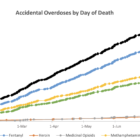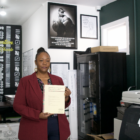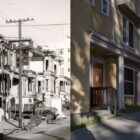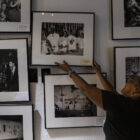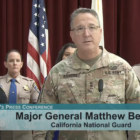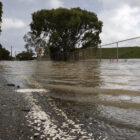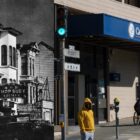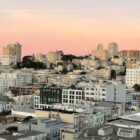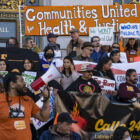Overdose Crisis
City Leaders at Odds as Overdose Deaths Trending Toward Record High
Accidental drug overdose deaths continue to torment San Francisco, according to data released Tuesday by the city medical examiner’s office.
While June saw the lowest monthly number of overdose deaths this year, 54, in July it climbed back up to 71. With 473 overdose deaths this year, San Francisco is on track to surpass its highest recorded number of overdose deaths in a calendar year — 725 in 2020.
